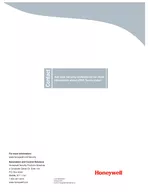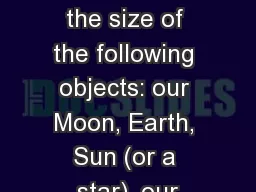PPT-1 Earth Our Home
Author : conchita-marotz | Published Date : 2016-07-25
2 Early Humans Homo habilis the first human species to evolve appeared on the Earth about 28 million years ago These humans initiated the use of stone tools
Presentation Embed Code
Download Presentation
Download Presentation The PPT/PDF document "1 Earth Our Home" is the property of its rightful owner. Permission is granted to download and print the materials on this website for personal, non-commercial use only, and to display it on your personal computer provided you do not modify the materials and that you retain all copyright notices contained in the materials. By downloading content from our website, you accept the terms of this agreement.
1 Earth Our Home: Transcript
Download Rules Of Document
"1 Earth Our Home"The content belongs to its owner. You may download and print it for personal use, without modification, and keep all copyright notices. By downloading, you agree to these terms.
Related Documents














